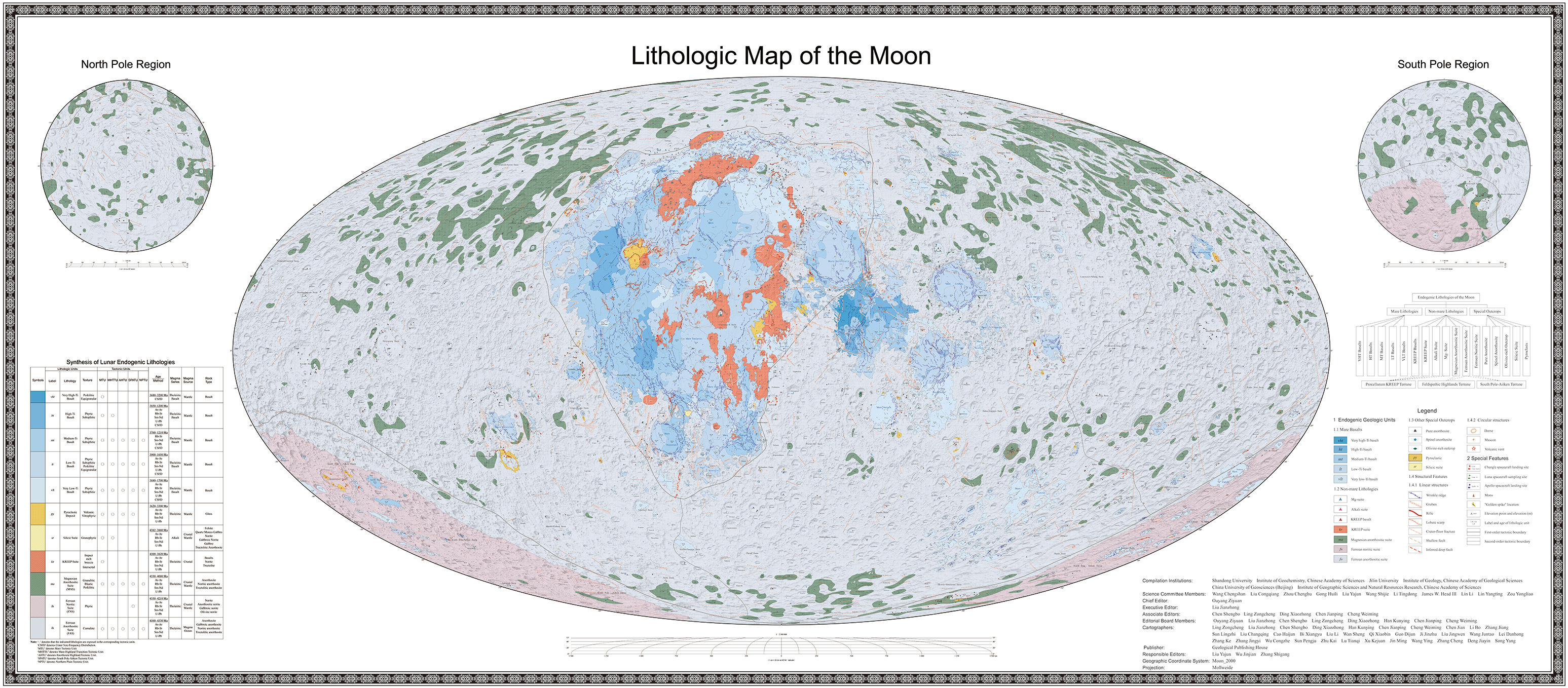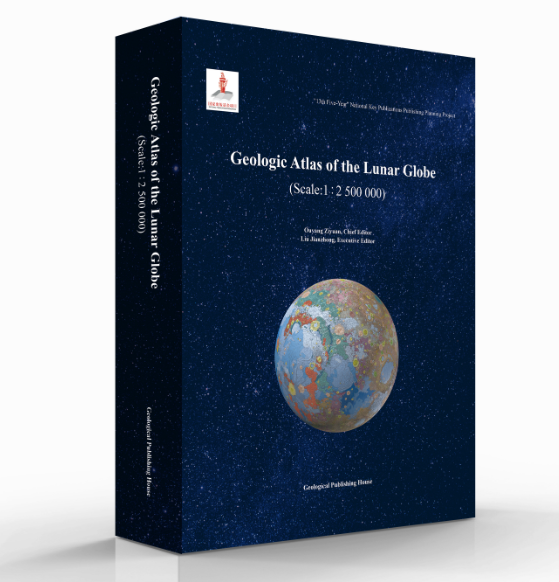Chinese astronomers have published the most detailed lunar atlas ever, which they call “the first high-resolution geological atlas of the entire moon.” The atlas not only provides images of the craters as visible from telescopes or orbiters, but also provides geological, lithological and tectonic maps of the entire lunar surface.
NASA compiled detailed maps of the far side of the moon before the Apollo missions and made them available to the public to adorn many classroom walls. Higher resolution versions are available for enthusiastic amateur astronomers. But just as lunar exploration stalled for decades, the same goes for accessible maps. Now, however, both are changing as nations compete to outdo each other.
Years of operation of lunar orbiters equipped with sensors far more advanced than in the pre-Apollo era have produced a wealth of new information about the moon.
“With the accumulation of data and research results, these lunar geological maps may no longer meet future scientific research and lunar exploration needs,” the atlas’ editor-in-chief, Liu Jianzhong of the Institute of Geochemistry of the Chinese Academy of Sciences, said in a statement.
Liu oversaw the creation of geological maps of the moon at a scale of 1:2.5 million, so that each centimeter on the map corresponds to 25 kilometers (15.5 miles). In addition to detailed maps of 30 lunar quadrangles, there are maps of the entire lunar surface for immediate visualization, albeit somewhat distorted near the poles.
Although the moon does not have active plate tectonics moving against each other like on Earth, it preserves what Liu and colleagues call “tectonic units” from the beginning of its formation. The Tectonic Map shows their locations and explains the classification system for lunar structures.
It may look less interesting than the others, but the fact that the moon still has tectonic units is significant, even if you can’t see their boundaries.
Photo credit: Institute of Geochemistry, Chinese Academy of Sciences
On the lithographic map, the different types of rock are marked in color, while the geological map is the most common. It indicates the craters, their composition and the time of their formation.

The lithographic map shows the Moon in a new way, with the different types of rock highlighted by their color.
Image source: Institute of Geochemistry, Chinese Academy of Sciences
In creating these maps, the team developed a new timeline for the Moon, dividing the Moon’s geologic history into three eons and six periods, which they say is more objective than previous timelines.
The new timeline highlights the importance of the transition from the Moon’s youth, when change was driven from within (endogenous), to the much longer period of domination by external influences such as asteroid impacts (exogenous). The atlas’ creators said this distinction also helped them classify the moon’s structures and rock types to create the different types of maps.
In addition to marking 12,341 impact craters, 81 impact basins, 17 rock types and 14 structure types, the atlas creators classified the basins based on the formation processes. They also contain important markers of the new era, which some call the Anthropocene of the Moon, with the locations of lunar landings by both humans and machines.

The entire atlas is supplied as a set, but the price suggests that it is aimed at institutions rather than individuals.
Image source: Institute of Geochemistry, Chinese Academy of Sciences
The atlas’ educational potential, available in both Chinese and English, is clear, particularly if the upcoming human landings generate global interest. However, the creators also see it as a tool for “scientific lunar exploration…landing site selection, lunar resource exploration and trajectory planning for China’s future lunar exploration projects.”
The atlas is available from Geological Publishing House, but it’s probably not a birthday gift for the moon lover in your life unless you’re very rich.